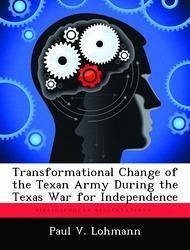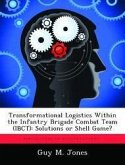The Texas Revolution was the result of the steady spread of republicanism in North America. The proliferation of Anglo-American immigrants across the continent naturally led to conflict as these fiercely independent people encountered an authoritative government. The clash of cultures that triggered the Texas Revolution pitted the offspring of the American Revolution against Mexican dictator, Antonio Lopez de Santa Anna. He responded with unrestrained violence, destroying his opposition and forcing the population to flee. The Texan army that challenged, and ultimately defeated, the Mexican army was a motley collection of contentious men. The challenges of leading this force required unity of command and the application of unique leadership skills. Sam Houston provided these skills, leading transformational change in the Texan army. Through this change, he was able to build, train, and lead a defeated army to victory in less than two months. His ability to accomplish this remarkable feat is the subject of this thesis. The research provides a contextual account of the operational environment using the Political, Military, Economic, Security, Infrastructure, Information, Physical, and Time (PMESII-PT) format, examines the strategies employed, and describes how unity of command was achieved with Houston as commander. The focus then shifts to his application of leadership in developing the army and achieving battlefield success. The paper concludes with an assessment of Houston as a change agent according to the Kotter Model of transformational change.








